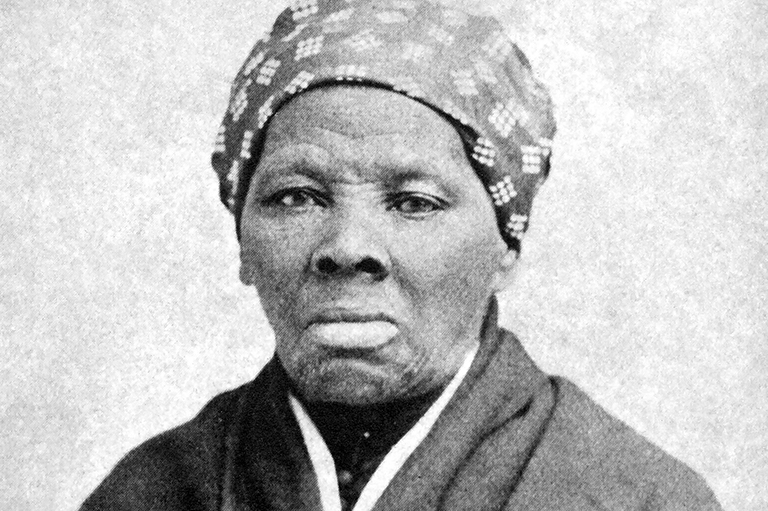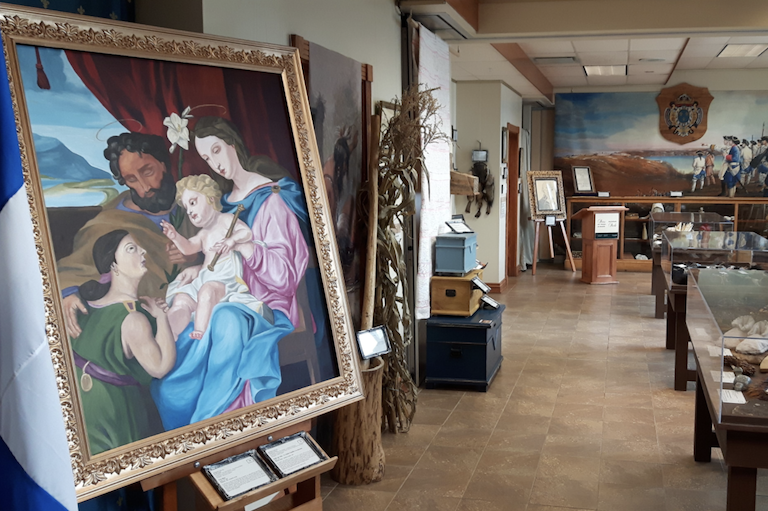The Gold Rush: Hiking Historic Trails
Grade Levels: 10, 11, 12
Subject Area: Geography, Social Studies, History, Language Arts, Mathematics, Environment, Physical Education
Lesson Overview
In this activity, students explore the Gold Rush era in British Columbia, appreciating the perseverance and strength of these early miners by participating in a 6-day hike of the Harrison-Lillooet trail, culminating with a silde show/diary reading activity for family and friends.
Time Required
1 lesson in class; 1 one-day local hike; 1 six-day hike
Historical Thinking Concept(s)
- Establish historical significance
- Use primary source evidence
- Identify continuity and change
- Analyze cause and consequence
- Take historical perspectives
Learning Outcomes
Student will:
- Explore the history of the Gold Rush in British Columbia.
- Appreciate the perseverance and strength of B.C.’s mining entrepreneurs.
- Engage in an off-campus, onsite hike to fields of the Fraser River/Cariboo district Gold Rush.
- Describe their hike experience in a slide/diary reading.
Background Information
The Harrison Trail (also known as the Douglas Road or the Lillooet Trail) was a Gold Rush era transportation route from the British Columbia Coast to the Interior. Over 30,000 men are thought to have travelled the route; although by the end of the 1860s it was virtually abandoned due to the construction of the Cariboo Wagon Road. The existing trail is a testament to the Gold Rush pioneers.
Lesson Activity
Activating: How will students be prepared for learning?
- While some students may have had considerable outdoor experience, others may have never been hiking before; therefore, begin the activity with a local, short, one-day hike.
- Prepare the students with the necessary background historical knowledge prior to the hike.
- Note: Students are responsible for their food and personal equipment.
Acquiring: What strategies facilitate learning for groups and individuals?
- Engage students in a multi-day, off-campus hike to the Harrison Hike site.
- Students are instructed to keep a journal/diary of their experiences.
Applying: How will students demonstrate their understanding?
- Invite the students and their families and friends to come to a slide/diary reading night about two weeks after the hike.
- Leaders give fun awards to the students in their groups and we use a slide show and diary readings to re-live the hike and bring closure to a rich educational experience.
Materials/Resources
- (Optional) Klondike Gold Rush
- (Optional) Gold Rush Fever in B.C. 1858-63
- Hiking materials as required
- Journal – one for each student
References
- The Lillooet Lake Trail:
- Harrison Lake and the Cariboo Gold Rush
Extension Activity
Adapt this site-specific activity to the history in your local area. For example: Maritimes/ field trip to Louisbourg; Quebec/places associated with the battle of 1759; Ontario/sites of the Rebellion of 1837; Prairies/ sites associated with Louis Riel's 1869-70 and 1885 confrontations with Ottawa.
Themes associated with this article
Advertisement




